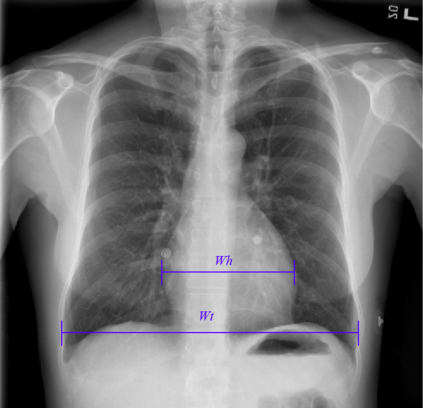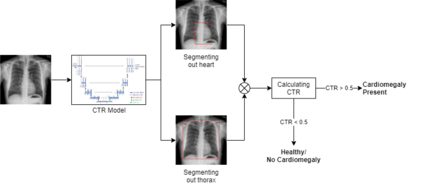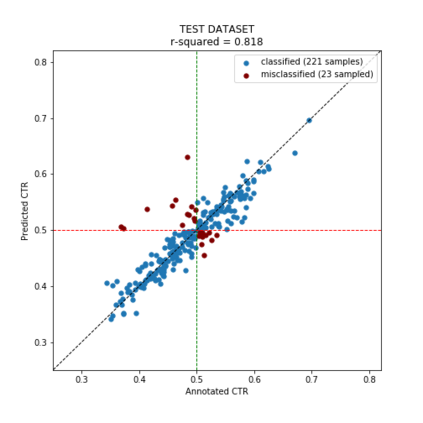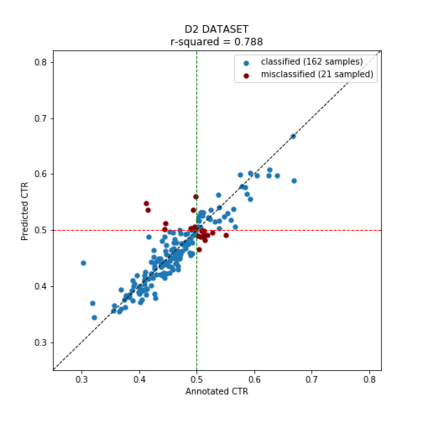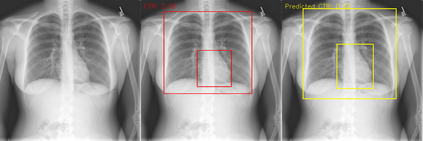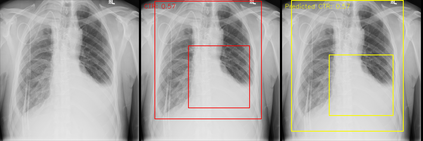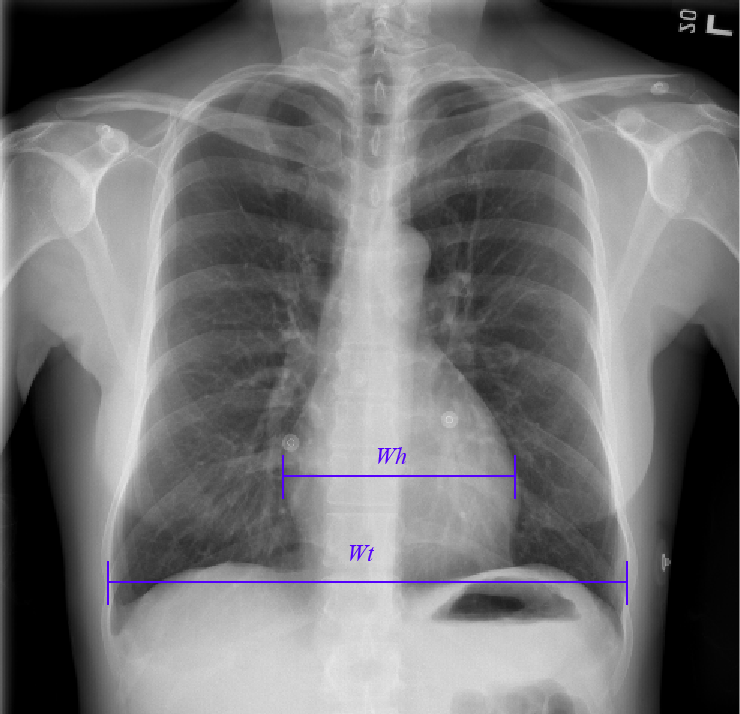We propose an automated method based on deep learning to compute the cardiothoracic ratio and detect the presence of cardiomegaly from chest radiographs. We develop two separate models to demarcate the heart and chest regions in an X-ray image using bounding boxes and use their outputs to calculate the cardiothoracic ratio. We obtain a sensitivity of 0.96 at a specificity of 0.81 with a mean absolute error of 0.0209 on a held-out test dataset and a sensitivity of 0.84 at a specificity of 0.97 with a mean absolute error of 0.018 on an independent dataset from a different hospital. We also compare three different segmentation model architectures for the proposed method and observe that Attention U-Net yields better results than SE-Resnext U-Net and EfficientNet U-Net. By providing a numeric measurement of the cardiothoracic ratio, we hope to mitigate human subjectivity arising out of visual assessment in the detection of cardiomegaly.
翻译:我们建议采用基于深深学习的自动化方法,从胸腔射电仪中计算心血管比率,并检测心血管病的存在情况。我们开发了两种不同的模型,用X射线图像用捆绑框对心脏和胸部区域进行划界,并使用其输出量来计算心血管病比率。我们获得了0.81度的灵敏度,其中0.81度为0.209度,中间绝对误差为0.84度,特殊度为0.97度,不同医院的独立数据集的绝对误差为0.018。我们还比较了三种不同的分解模型结构,建议采用的方法,并观察到注意UNet产生比SE-Resnext U-Net和高效Net U-Net-Net更好的效果。我们希望通过对心血管病比率进行数字测量,减少在检测心血管病时通过视觉评估产生的人类主观特征。

